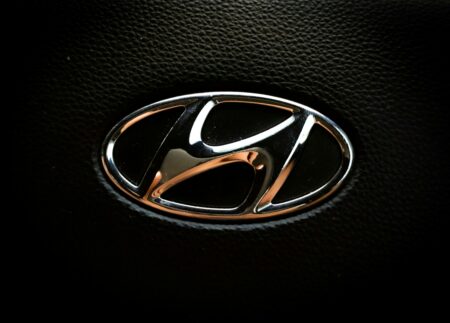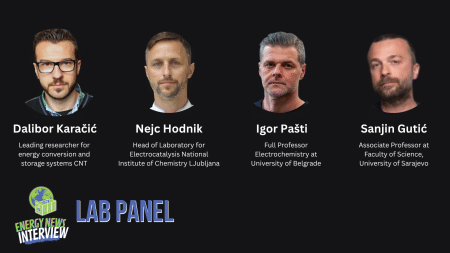Finland’s Lappeenranta-Lahti University of Technology (LUT) has embarked on an ingenious endeavor to scrutinize the safety of small modular reactor (SMR) designs, offering a glimpse into the evolving landscape of nuclear technology.
According to data from the World Nuclear Association, SMRs are poised to become a staples in the energy market due to their unique advantages over traditional large reactors. Their modular nature allows for scalable production and deployment, catering to diverse energy needs without the massive financial and infrastructural outlays typically associated with conventional nuclear power projects. Consequently, the financial allure lies in reduced initial investment and operational flexibility.
However, the scrutiny of SMR designs is paramount given the unique risks they introduce. Unlike traditional reactors, SMRs often adopt varied technologies, including liquid sodium and gas-cooled reactors, which diverge from the water-cooled reactors that have been standard. Each technological variation presents its own safety challenges, necessitating rigorous testing and validation to ensure reliability and public safety. LUT’s initiative marks a pivotal approach to these emerging challenges in nuclear safety, fostering a systemized evaluation of novel reactor methods to preempt potential mishaps.
Yet, amid the enthusiasm for SMR proliferation, potential regulatory hurdles loom. As of now, nuclear regulatory frameworks across the globe remain optimized for large reactors, not accommodating the subtle yet critical distinctions of SMR technology. This indicates a pressing need for alignment between technology evolution and regulatory standards. Experts argue that without this calibration, the journey from conceptualization to operational execution could be fraught with delays.
LUT’s pioneering research could lay the groundwork for international regulation refinements, as the demand for small nuclear solutions intensifies. According to the International Atomic Energy Agency, nuclear power accounts for about 10% of the world’s electricity and is seen as a viable path to achieving net-zero carbon emissions. Therefore, the integration of rigorously tested, scaleable SMR units could bolster nuclear energy’s share in the global energy mix, facilitating a sustainable transition.
Stay updated on the latest in energy! Follow us on LinkedIn, Facebook, and X for real-time news and insights. Don’t miss out on exclusive interviews and webinars—subscribe to our YouTube channel today! Join our community and be part of the conversation shaping the future of energy.








